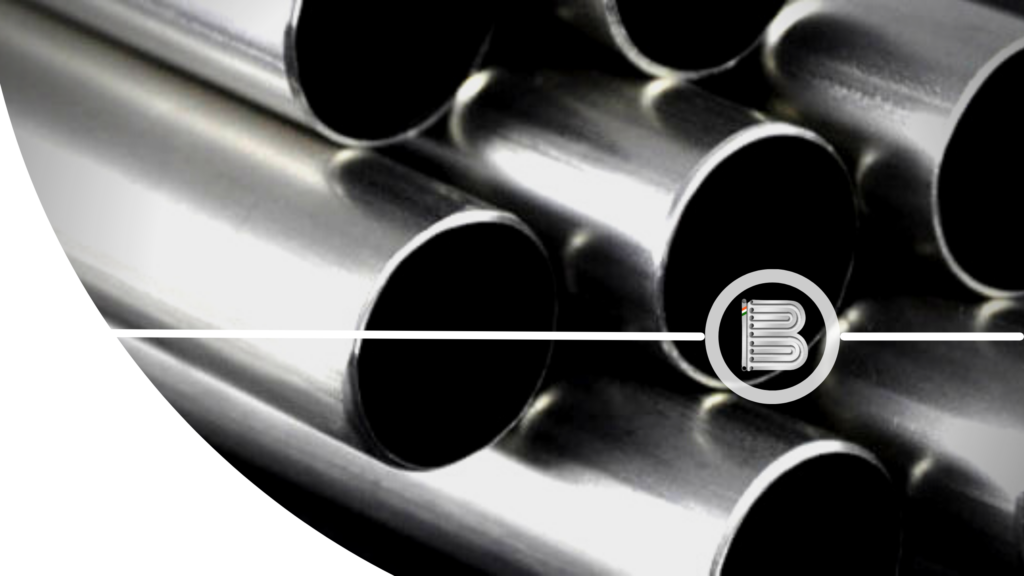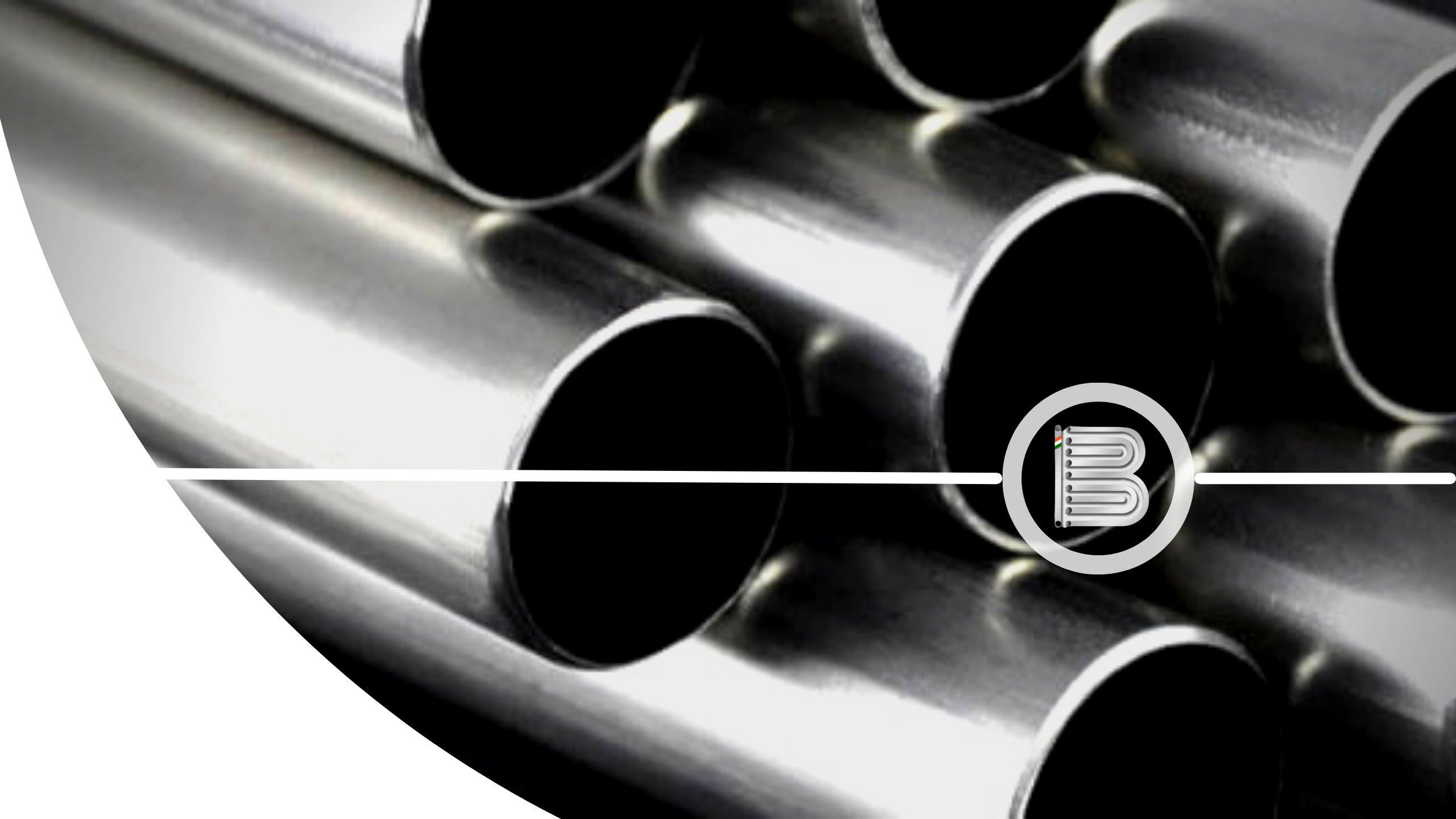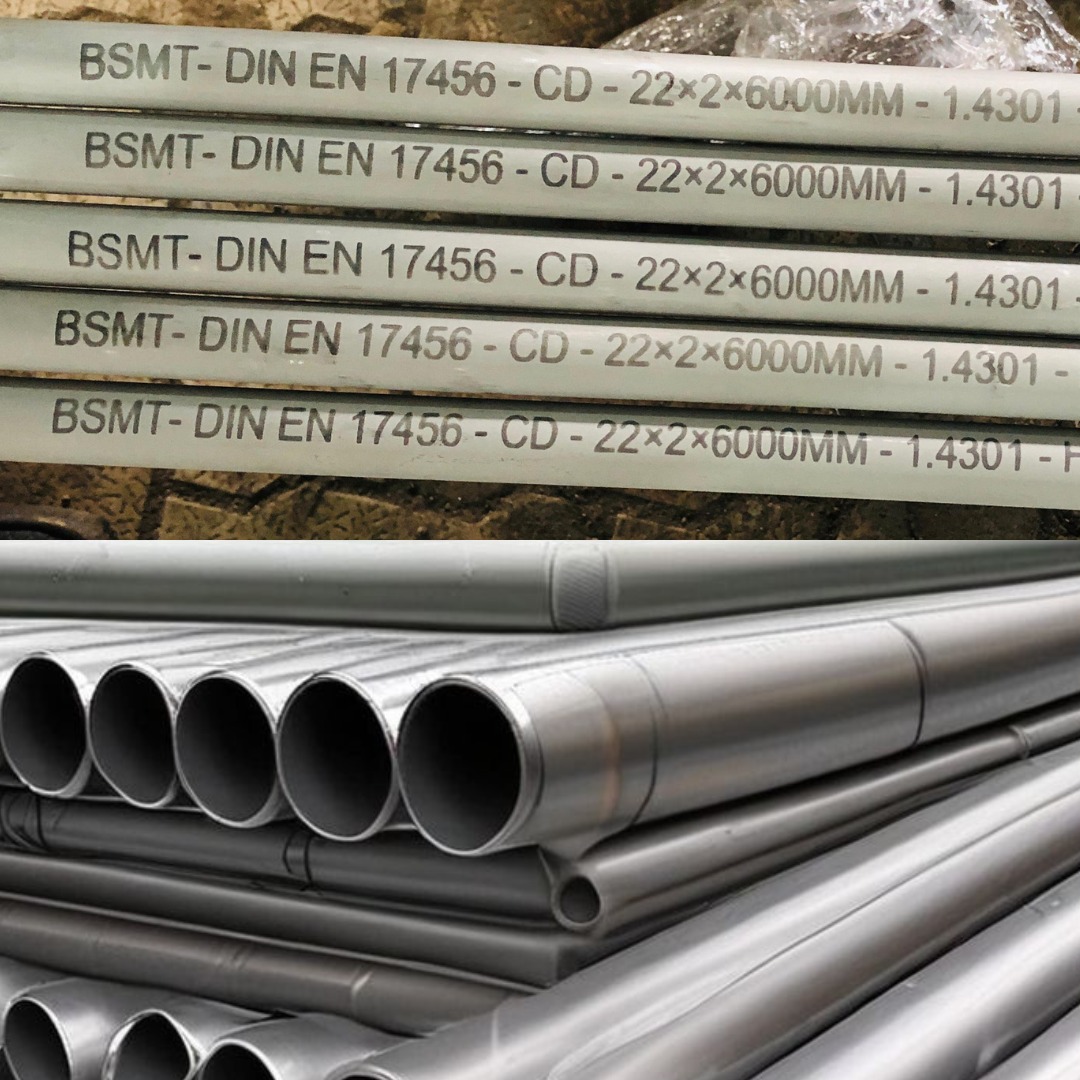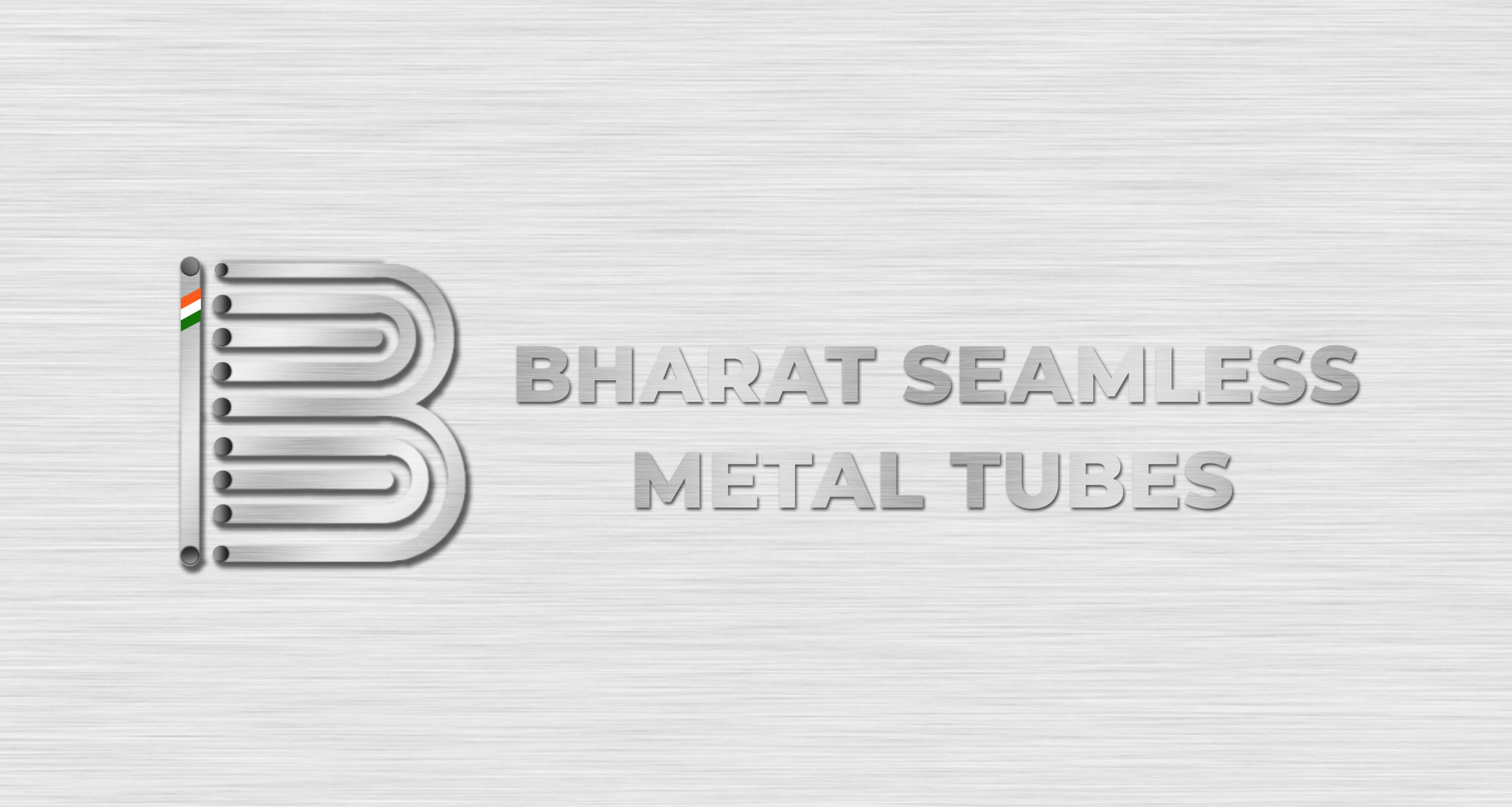
Introduction:Stainless steel is a marvel of modern metallurgy, offering a combination of strength, corrosion resistance, and versatility that makes it an indispensable industry. Yet, the diversity within the realm of stainless steel is often overlooked. With numerous grades available, each with its own unique properties, it’s crucial to understand the distinctions between them. In this guide, BSMT delves into the world of stainless steel grades, shedding light on their characteristics, applications, and suitability for various industrial needs.
Understanding Stainless Steel Grades:
Stainless steel grades are categorised based on their chemical composition, microstructure, and performance attributes. There are grading systems to classify stainless steels. Let’s explore some of the most common grades that BSMT offers:
1. Austenitic Stainless Steels:
- Grade 304 (UNS S30400): This is the most widely used austenitic stainless steel grade, offering excellent corrosion resistance, formability, and weldability. It finds applications in the food and beverage industry, architectural structures, and kitchen equipment.
- Grade 316 (UNS S31600): Known for its superior corrosion resistance, particularly in chloride environments, Grade 316 is prevalent in marine applications, chemical processing, and medical devices.
2. Ferritic Stainless Steels:
- Grade 430 (UNS S43000): Ferritic stainless steels are characterised by their magnetic properties and moderate corrosion resistance. Grade 430 is commonly used in automotive trim, kitchen appliances, and decorative applications.
3. Martensitic Stainless Steels:
- Grade 410 (UNS S41000): Martensitic stainless steels are known for their high strength and hardness. Grade 410 is often used in cutlery, surgical instruments, and industrial equipment requiring wear resistance.
4. Duplex Stainless Steels:
- Grade 2205 (UNS S32205): Duplex stainless steels combine the benefits of austenitic and ferritic grades, offering high strength and corrosion resistance. Grade 2205 is utilised in chemical processing, oil and gas exploration, and marine applications.
5. Precipitation Hardening Stainless Steels:
- Grade 17-4PH (UNS S17400): These stainless steels can be strengthened through precipitation hardening, offering excellent mechanical properties. Grade 17-4PH finds applications in aerospace components, pump shafts, and nuclear reactor parts.
Choosing the Right Grade:
Selecting the appropriate stainless steel grade depends on factors such as the intended application, environmental conditions, and required mechanical properties. It’s essential to consider corrosion resistance, strength, formability, and cost when making your decision.
Conclusion:
Stainless steel grades encompass a diverse array of materials, each tailored to meet specific industrial requirements. By understanding the characteristics and applications of different grades, you can make informed choices that ensure optimal performance and longevity in your projects, BSMT is the one which will fulfil your needs by providing you with the best quality of stainless steel.




